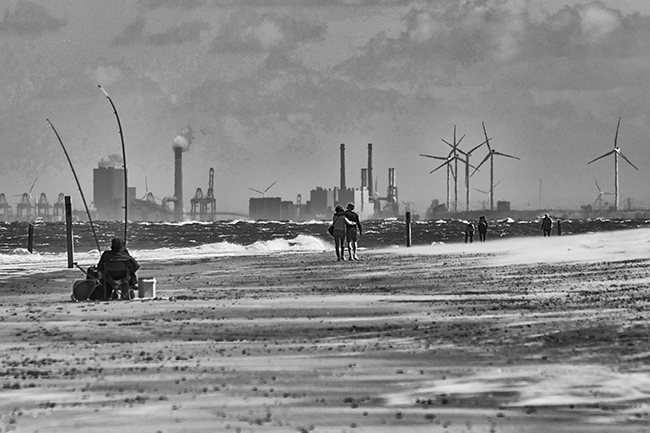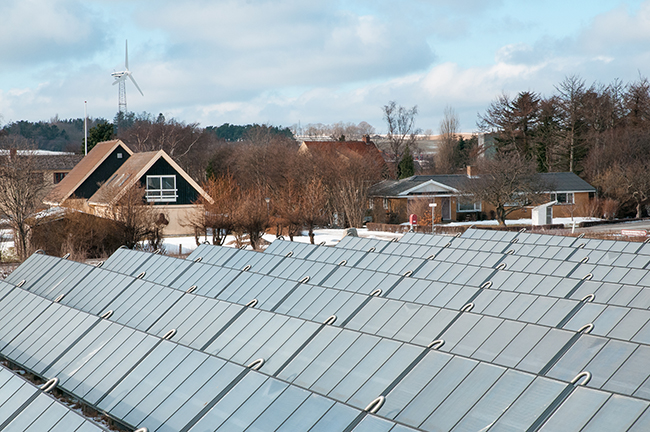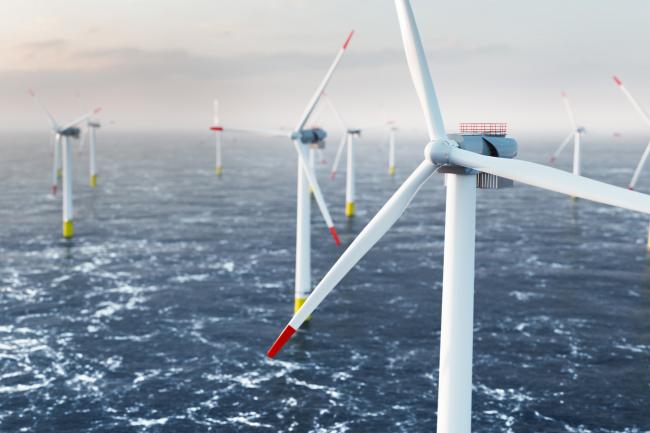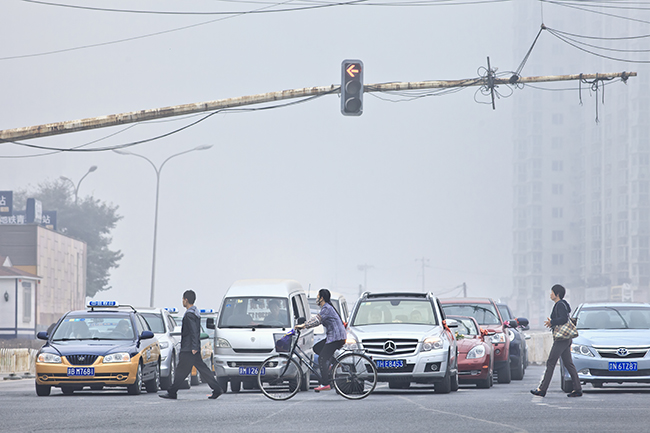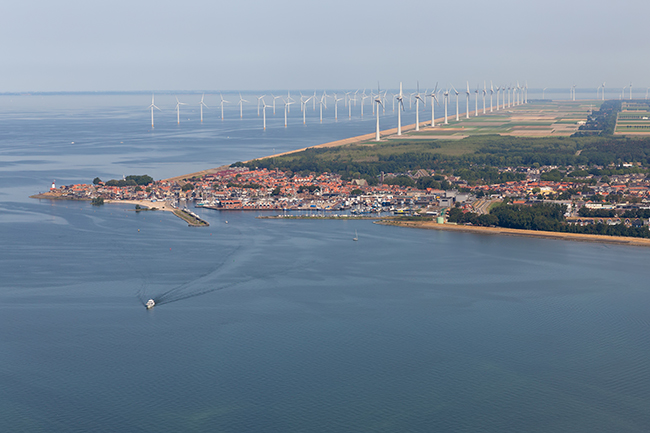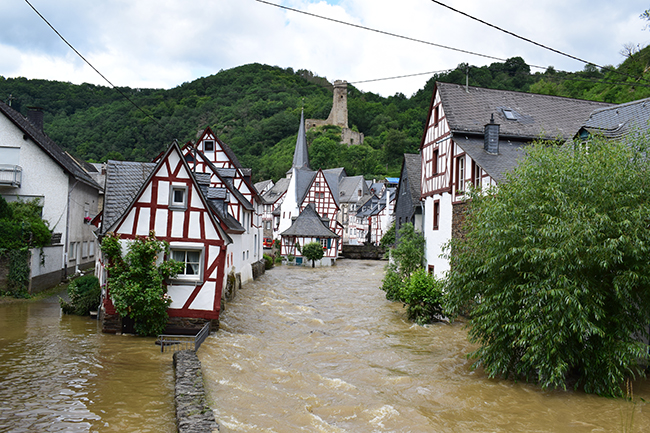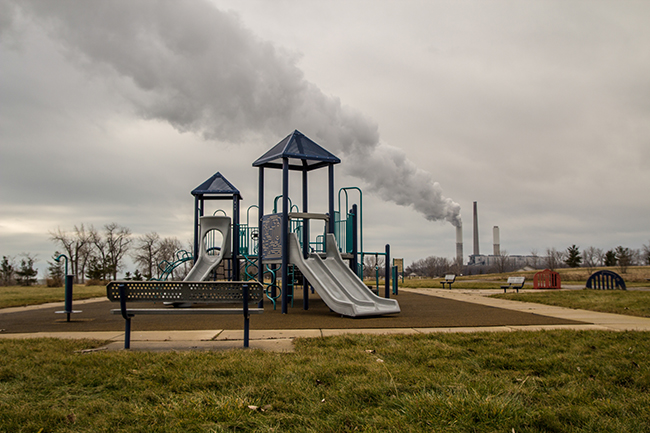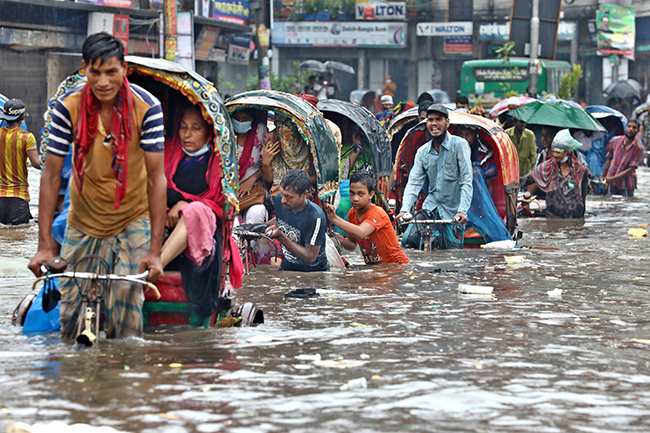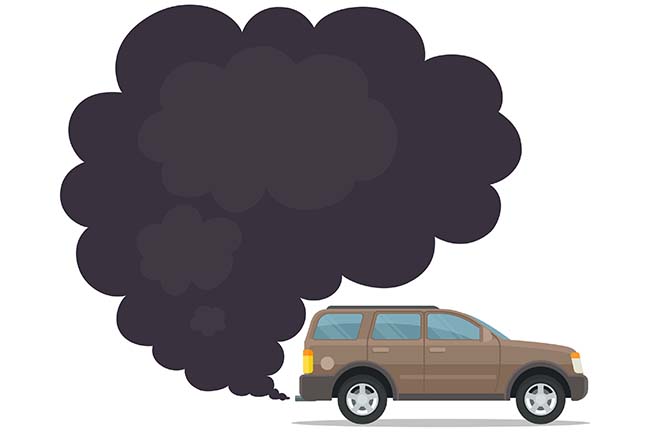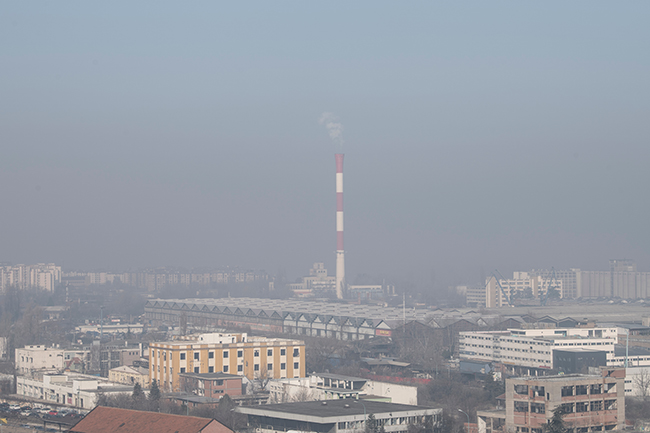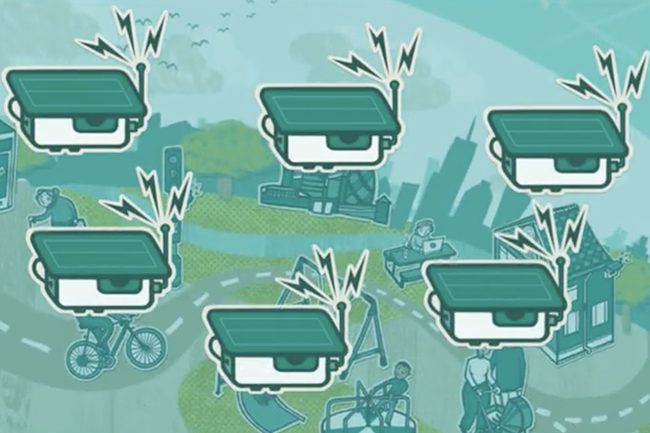Air pollution in Africa differs from that in developed countries. The main contributors to particle emissions are old vehicles, burning of waste and use of biomass for cooking.
Air pollution research has expanded from Europe and North America to Asia and South America. Africa, however, has been blatantly left behind in this quest for cleaner air and better health. A recent review highlights the importance of focusing on air quality in the process of sustainable urban development in Africa, a continent undergoing rapid urbanisation with an extreme shortage of air pollution data.
The lack of attention this issue receives likely results from other pressing social, economic, and health-related problems, creating a negative feedback loop. The lack of data reduces public awareness and concern, which in turn leads to a lack of policy action; without policies to follow, few incentives exist to collect data. Addressing air pollution could also drive other positive changes in relation to health, climate, and well-being. Although 60% of the African population lives in rural areas, urbanisation is ongoing across the continent at a speed unprecedented in history. The continent’s population is anticipated to be primarily urban by 2035. The population is growing faster than the supporting infrastructure, leading to changes in urban environments that are hard to control. This burgeoning urban population could lead to an increase in deaths attributable to air pollution. The World Health Organization (WHO) estimates that the annual median concentration of PM2.5 surpassed 26 μg/m3 in more than half of the African continent, greatly exceeding the WHO limit of 5 μg/m3. In a review of eight studies of outdoor air pollution in African cities (covering seven countries), PM2.5 levels varied between 40 and 260 μg/m3, compared with an annual average of 13 μg/m3 in urban Europe and 9 μg/m3 in the urban United States in 2019. Air pollution monitoring is vastly lacking; among the 47 countries comprising sub-Saharan Africa, only 6 can provide long-term data on airborne particulate matter (PM), spanning a total of 16 cities. The few available emission inventories are seldom precise and are typically based on surveys of, for example, fuel consumption. As highlighted above, the lack of data from the African continent is a serious hindrance for mitigation actions but promises include technological innovations to monitor air pollution where the availability of stable electricity and Wi-Fi is scarce. Such devices, including cell phones, satellite remote sensing, and low-cost sensors, could also create awareness and design policies. This shortcut, however promising, needs careful data calibration to ensure reliability.
African PM emissions originate from sources different from those in developed countries. The predominant contributors to outdoor air pollution are the extensive number of old diesel-powered vehicles, poor household waste management, and households burning biomass. The vehicle fleet is the greatest contributor to outdoor urban air pollution. There is a significant increase in the number of two-wheel vehicles used for public transportation (e.g. motorcycle taxis). These two-stroke motorcycles use a mixture of gasoline and oil, a cheap and highly polluting fuel. Although the number of vehicles per 1,000 inhabitants is much lower in Africa than anywhere else, it is rising considerably. The increasing number of vehicles and the lack of urban planning cause severe traffic congestion, which contributes not only to increased air pollution but also to significant economic losses in terms of time and fuel. Road traffic was the main source of black carbon and PM2.5 (88%) in four West African cities, with diesel exhaust being the largest contributor. Diesel exhaust from road transport is of great concern, especially if the vehicle fleet is old and poorly maintained. Most vehicles in Africa meet this description. In fact, vehicles no longer upholding the environmental standards of their origin countries, such as Japan and European nations, are regularly shipped to Africa after the catalytic converters and air filters are removed. Africa is arguably becoming a dumping ground for the world’s old cars, so-called super emitters. Moreover, exhaust emissions are not regulated in most African countries.
Despite a much lower level of waste generation compared to high-income countries, solid waste still affects air quality. Due to a lack of waste transport services in many areas household burning is a common method for waste elimination. Another important source of air pollution is biomass burning, with some surveys indicating that 95% of the populations use biomass for cooking. Biomass burning for cooking generates high indoor levels but also contributes to dangerous ambient air pollution levels. In countries where many households rely on biomass for cooking, indoor air pollution is the largest environmental health risk factor. According to health impact assessments, biomass burning for cooking causes nearly 600,000 premature deaths in Africa annually. Natural sources of particles are generated by Saharan dust, in fact half of the global atmospheric mineral dust originates from the Sahara. It is still debated whether the health effects of these particles are as toxic as those originating from combustion processes.
The health impact in African cities has only been sparsely studied, a recent review found only three studies outside South Africa. Despite this lack of research, recent health impact assessments indicate that sub-Saharan Africa suffers the highest burden of disease and premature deaths attributable to environmental pollution in the world. These studies, however, rely on effect estimates from other parts of the world when it comes to ambient air pollution. This could lead to an underestimation of effects as the continent has lower access to healthcare, a higher prevalence of infectious diseases, and differing sources of air pollutants. Air pollution is also a threat to child health and a study attributed one in five infant deaths in Africa to air pollution. The number of deaths attributable to air pollution globally is projected to double by 2050, with many of these deaths predicted to occur on the African continent. Regarding overall development strategies, there is ample evidence that urban air quality will become an increasingly important political, economic, and social issue for African countries.
Ebba Malmqvist
Source: Review article Air pollution in Africa published in Annual Review in Public Health by Abera and colleagues and accessed October 2021
https://www.annualreviews.org/doi/10.1146/annurev-publhealth-100119-113802



